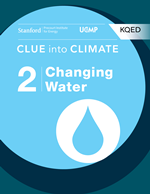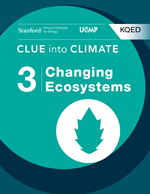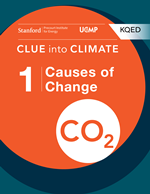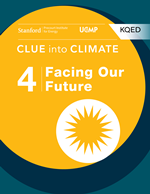Climate change is primarily caused by the accumulation of heat-trapping gases in the atmosphere. In the mid-1800s, physicist John Tyndall conducted experiments and found that some molecules present in the atmosphere, such as carbon dioxide (CO2), actually trap heat from the sun and help keep the planet warm. Molecules that have the ability to trap heat in the atmosphere are called greenhouse gases.
Click on the video above to explore how greenhouse gases trap heat in the atmosphere.
Major greenhouse gases, like CO2 and methane (CH4), occur naturally and play an important role in Earth's climate. If they didn't exist, Earth would be a much colder planet. However, some human activities like mining and burning fossil fuels (coal, oil and natural gas) for energy and transportation emit molecules of CO2 and other greenhouse gases into the air. As we burn and mine more fossil fuels, greenhouse gases build up in the atmosphere and cause an overall warming of the planet.
Click on the above video to learn how greenhouse gases trap radiation from the sun and warm the planet.
Discussion Questions
- Where does infrared radiation (IR) come from?
- What can greenhouse gas molecules do when they encounter infrared radiation (IR)?
- Describe how greenhouse gas molecules trap heat in the atmosphere.
- Explain how the accumulation of greenhouse gases in the atmosphere warms the planet.
This video explainer is part of our Clue into Climate collection of resources.
This video explainer is featured in our Clue into Climate e-book series. Click on the tabs below to download our free e-books and subscribe to our iTunes U course. You can also visit our e-books page to view our other offerings.

Learn about how climate change influences precipitation patterns and how it impacts our frozen landscape.

Investigate shifts in the distribution of plant and animal species due to climate change, and the effects of increased carbon dioxide emissions on the ocean.

